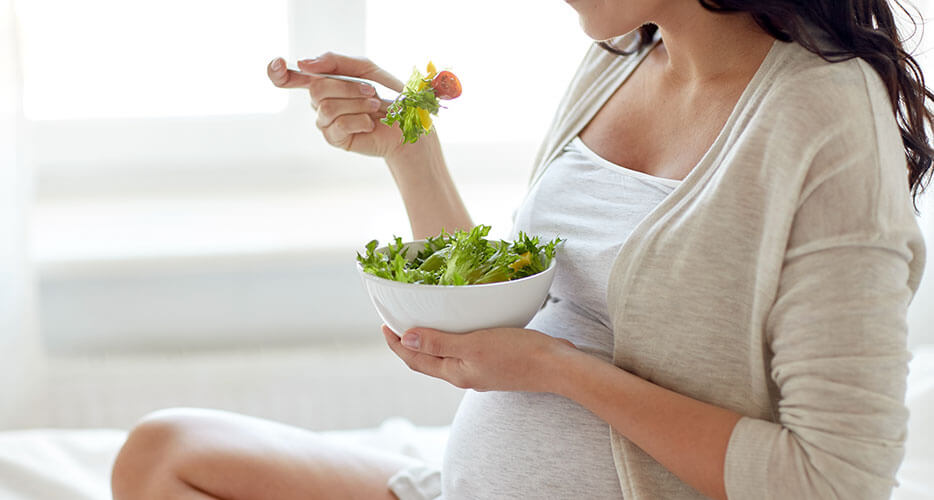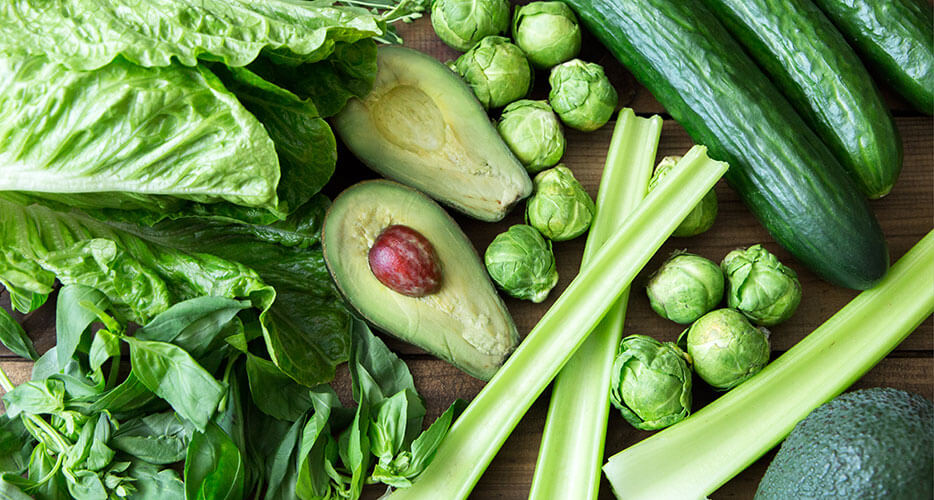
Folic acid and its properties: from foods that naturally contain it to the importance of taking it before and during pregnancy.
Misura's interview with Dr. Andrea Del Seppia
Let's find out more with our nutritionist Dr. Andrea Del Seppia.
Dr. Del Seppia, what is folic acid?
It is an essential micronutrient that is part of the B vitamins. It is also known as vitamin B9 and more generally it is included in the group of compounds that comes under the name of folate, that is, those compounds that have the basic structure of folic acid and which are naturally present in foods; while the term "folic acid", or pteroilmonoglutammic acid, means the synthesis molecule that we find in food supplements and in so-called "fortified" foods, like some breakfast cereals.
What is its function and why is it so important during pregnancy?
It is essential for the performance of numerous physiological processes of growth, metabolism and cell differentiation. In our body, participates in processes of synthesis of nucleic acids (DNA and RNA), some amino acids (from which proteins) and red blood cells (this last action is carried out in synergy with vitamin B12 and iron).

How can it be taken and in what quantity?
As for other vitamins, folic acid is an essential nutrient and is not synthesized internally by our body, but must be introduced with daily nutrition. A varied and balanced diet, which provides at least two portions of fresh vegetables and three portions of fruit, can meet the daily demands of folate. However, cases of deficiency are frequent, both due to the lack of stability of the molecule in food and to some wrong food choices. There are, therefore, some cases in which it is necessary to control the intake of folate from the diet and increase the income through food supplements. One of these cases is pregnancy: according to the LARN (Recommended Nutrient Intake Levels), the recommended intake of folic acid for the woman of childbearing age, which includes or does not exclude pregnancy, is 400 mcg / day, starting at least one month before conception, and then taking a quantity equal to 600 mcg / day, at least for the first three months of gestation.
During lactation, the requirement remains increased to 500 mcg / day to compensate for losses due to breastfeeding. There are also "risk" situations for women who have familial congenital malformations, gastro-intestinal or malabsorption pathologies, or who have had a history of repeated miscarriages or fetal problems: in these cases the dosage of folic acid can increase up to 4 -5 mg / dia.
Can you explain better the function of folic acid during pregnancy and the importance of its supplementation, in addition to the risks that may derive from its deficiency ...
The importance of folic acid supplementation for women is due precisely to its important role in the synthesis of proteins, DNA, RNA and blood hemoglobin. A deficiency can lead to the appearance of numerous problems to the fetus, such as premature births, underweight babies, mental retardation and neural tube defects (from which spina bifida, anencephaly and encephalocele). Folic acid intake prior to conception has been shown to reduce the risk of neural tube defects by up to 70%. Unfortunately, it may happen that during the first month of pregnancy, when the heart, stomach and nervous system of the fetus are formed, a woman does not realize she is pregnant. Therefore, it is very important to start taking it right when planning for pregnancy.
The deficiency can also induce some forms of anemia in the mother. To prevent them, often folic acid supplementation is accompanied by iron and vitamin B12, which act in synergy with folic acid for the correct formation of hemoglobin. Vitamin B12, present mainly in foods of animal origin (such as liver, kidneys, fish, eggs, meat and cheese), acts in synergy with folates also in the formation of DNA. A deficiency can in turn induce folate deficiencies.

And what are its major food sources?
Foods naturally richer in folates are broad-leaved vegetables (from the name "folium" derives the term "folate"), such as artichokes, broccoli, asparagus, spinach, lettuce and endive; but we can also find them in abundance in brewer's yeast, in the liver, in legumes (beans, peas and chickpeas), in eggs, oranges, kiwis, strawberries, walnuts and muesli. Fermented milks are also very rich in folate, such as yoghurt and kefir. Furthermore, a recent study has shown that fermented folates rich in folates are able to significantly increase the level of hemoglobin in the blood.
Tell us about the behavior of folate in the kitchen ...
They are present in higher quantities in foods of plant origin, but they are much less stable and digestible than the folates present in foods of animal origin. Folate, in fact, are water-soluble vitamins and therefore easily "washable" with water from food, as well as being sensitive to light and heat. It is estimated that cooking and storage of food can result in losses of 50 to 95% of the molecule.
Some strategies can improve the preservation and stability of folate present in foods. For example, it is advisable to avoid long soaking before cooking the food, especially if the vegetables have been cut very finely. Steaming is recommended over boiling, especially if prolonged. Pressure and microwave cooking are also preferable to prolonged boiling.
In cases where the latter method is still used, it is advisable not to throw away the cooking water, where the folates are released, but to use it for soups or sauces. It is also recommended to use the lid to avoid further losses and salt at the end of cooking. On the other hand, the potato, despite being a food poor in folic acid, maintains its low levels despite a boosted cooking.
The presence of antioxidants (such as ascorbic acid or vitamin C and polyphenols) present in fresh fruits and vegetables (eg orange and kiwi) may limit the degradation of the present folate. It has been seen that the addition of ascorbic acid during cooking can reduce its loss. However, freezing is the most recommended storage method. For vegetables it is better to freeze the whole leaf rather than the chopped plant. Finally, to avoid further leaks of folates, unstable to light, it is advisable to keep the food in the dark.
Folate stability increases in foods of animal origin: the cooking method to be preferred in this case is direct fire, for example, cooking on the grill. The folates present in the liver seem to be among the most resistant to this type of cooking.
A final curiosity: the minced spinach presents more quantity of folates than the whole leaf.
Read the full article on Misura® website
Read the article on Misura® official page
Link to Dr. Andrea Del Seppia page on the official Misura® website
Misura® is a registered trademark of Colussi S.p.A. The material reported in this article is the property of Colussi, who authorized its publication.